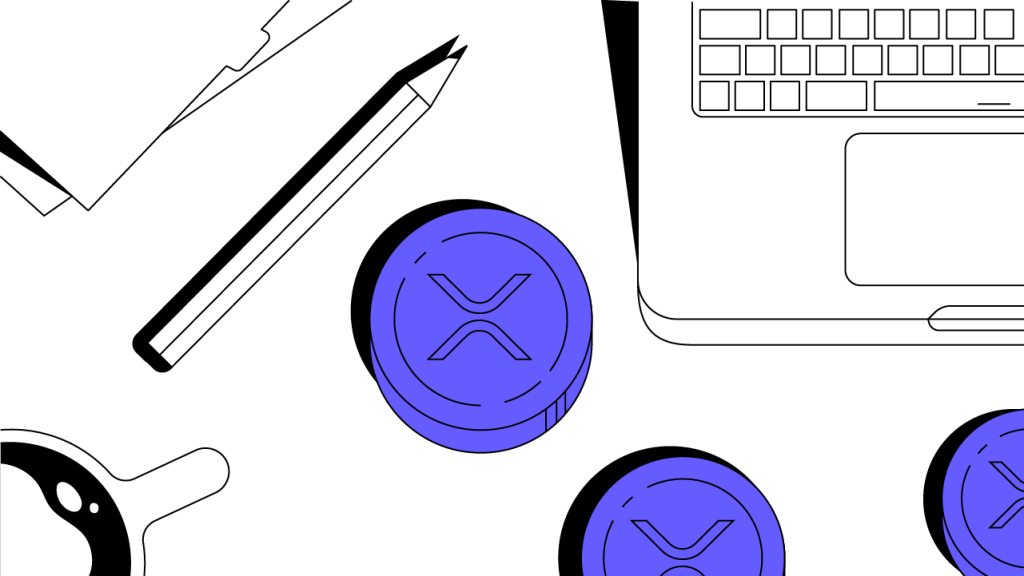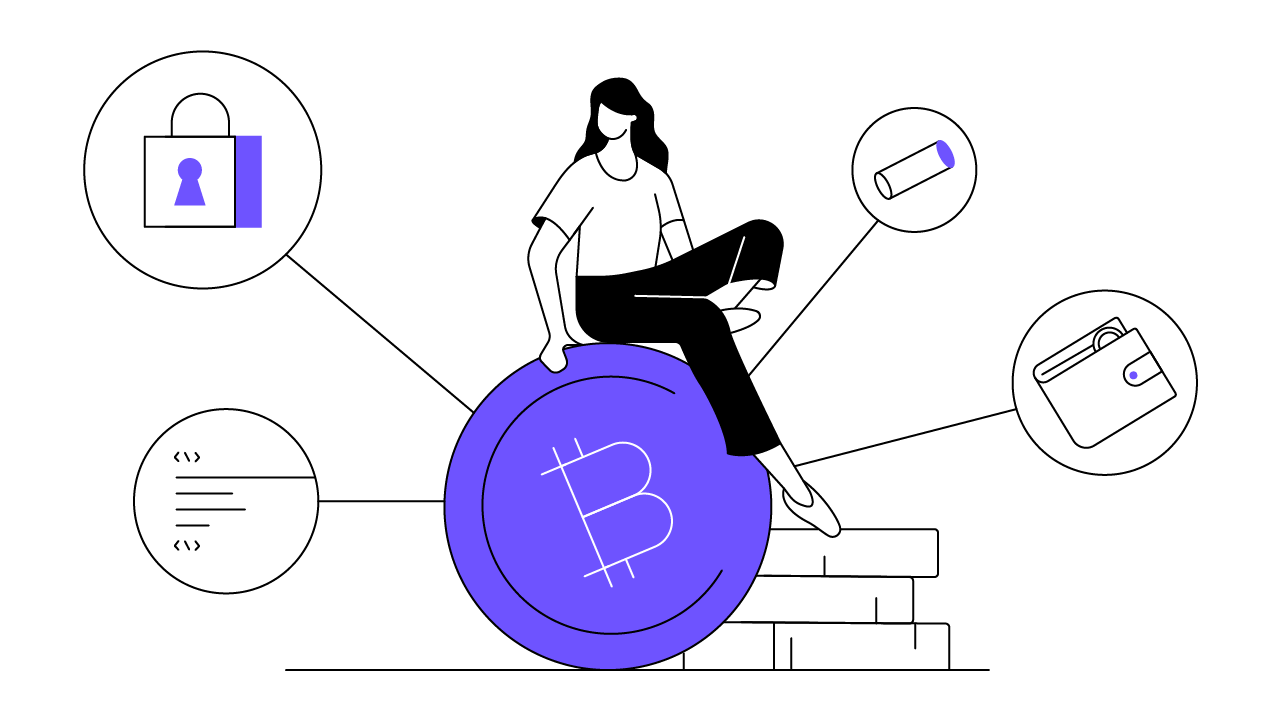Contents
XRPL: Validating Cross-Border Transaction Settlement
We examine XRP’s Ledger (XRPL) and how it facilitates cross-border payments using XRP and its consensus mechanism.
By David Schwartz, CTO, Ripple
Updated February 26, 2025 • 1 min read

Summary
This article addresses the technical structure of XRP for settlement and the architecture of the XRP Ledger (XRPL). Leveraging the digital asset XRP, RippleNet provides a reliable service for the international transfer of funds.
An Overview of XRP: A Focus on Transaction Settlement
When you make a cross-border money transfer, your request goes through multiple institutions, causing transaction delays and unnecessary transfer costs. This is the problem XRP was designed to solve as an open-source, decentralized digital asset built for payments. The XRP Ledger’s consensus protocol was built to enhance transaction settlement through a cryptographic guarantee of every settlement on record, as well as via its ability to track and review all transactions occurring on the network. The inherent immutability of the XRP Ledger provides the ability to audit transactions and allows users to leverage XRP to send fast, reliable, and cost-effective cross-border payments between parties.
Unlock the future of money on Gemini
Start your crypto journey in minutes on the trusted crypto-native finance platform
A Finite Supply of XRP
All XRP coins in existence — 100 billion of them — were generated when the ledger first launched in June 2012. No more XRP coins can be mined. A finite supply of XRP also creates a fast and energy-efficient blockchain consensus mechanism, reducing the environmental impact of the network and cutting settlement time to a mere 3-to-5 seconds.
XRPL's Unique Consensus Mechanism
The XRP Ledger was designed to be fundamentally different from Proof-of-Work (PoW) based blockchains. Instead, XRPL uses a unique consensus protocol that depends on a majority of validators to record and verify transactions on the Ledger. The primary role of a validator is to help protect against unintentional forking of the Ledger by coordinating system rules changes. Proposed amendments to XRPL require 80% approval for two consecutive weeks by the validator community to ensure a reliable, decentralized solution to the double-spend problem.
Users on the XRP Ledger can also select a Unique Node List (UNL), a list of validators trusted by that user to order transactions. The XRP Ledger has a number of recommended UNLs, and users can choose whichever one they prefer or create their own.
The XRP Ledger’s consensus mechanism guarantees XRPL’s inherently decentralized nature and permits the network to be upgraded — when participants agree to do so — to make safe forward progress.
Cryptopedia does not guarantee the reliability of the Site content and shall not be held liable for any errors, omissions, or inaccuracies. The opinions and views expressed in any Cryptopedia article are solely those of the author(s) and do not reflect the opinions of Gemini or its management. The information provided on the Site is for informational purposes only, and it does not constitute an endorsement of any of the products and services discussed or investment, financial, or trading advice. A qualified professional should be consulted prior to making financial decisions. Please visit our Cryptopedia Site Policy to learn more.

Author
David Schwartz
CTO, Ripple
David Schwartz is the Chief Technology Officer at Ripple and is one of the original architects of the XRP Ledger. Prior to joining Ripple, David Schwartz was Chief Technical Officer for WebMaster Incorporated, a Santa Clara software developer. He developed encrypted cloud storage and enterprise messaging systems for organizations like CNN and the National Security Agency (NSA). Known as “JoelKatz,” he is a respected voice in the digital currency community.
Is this article helpful?


